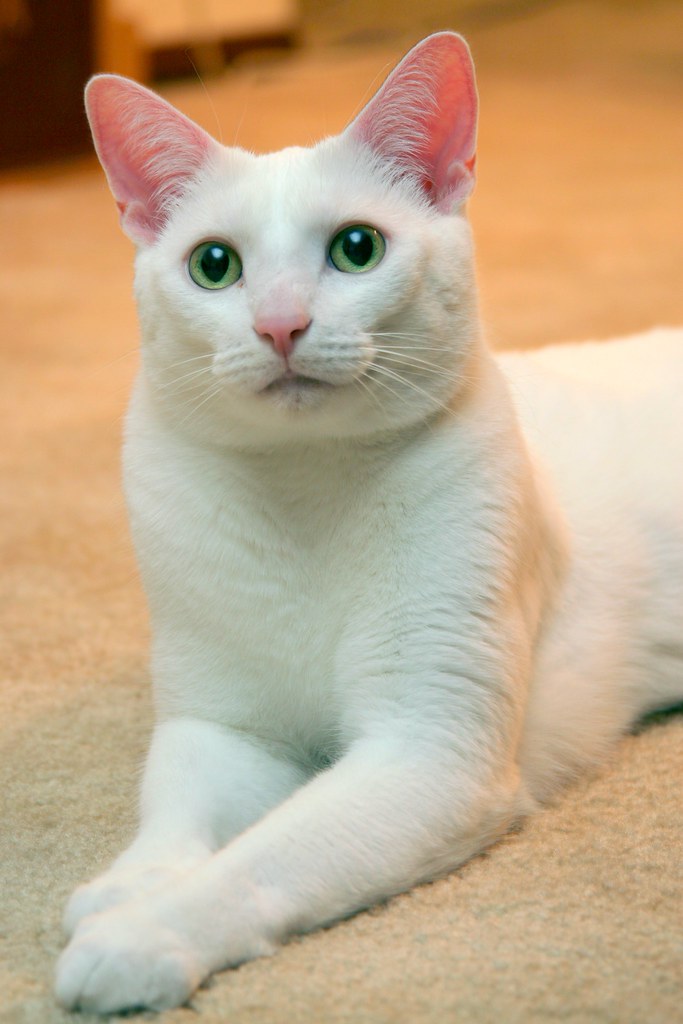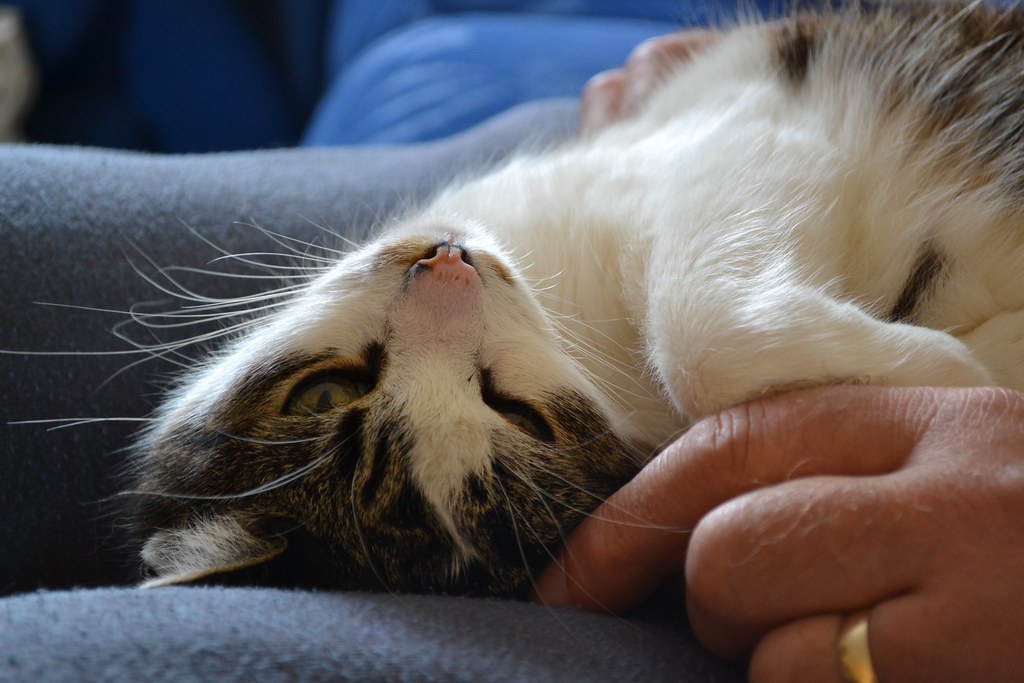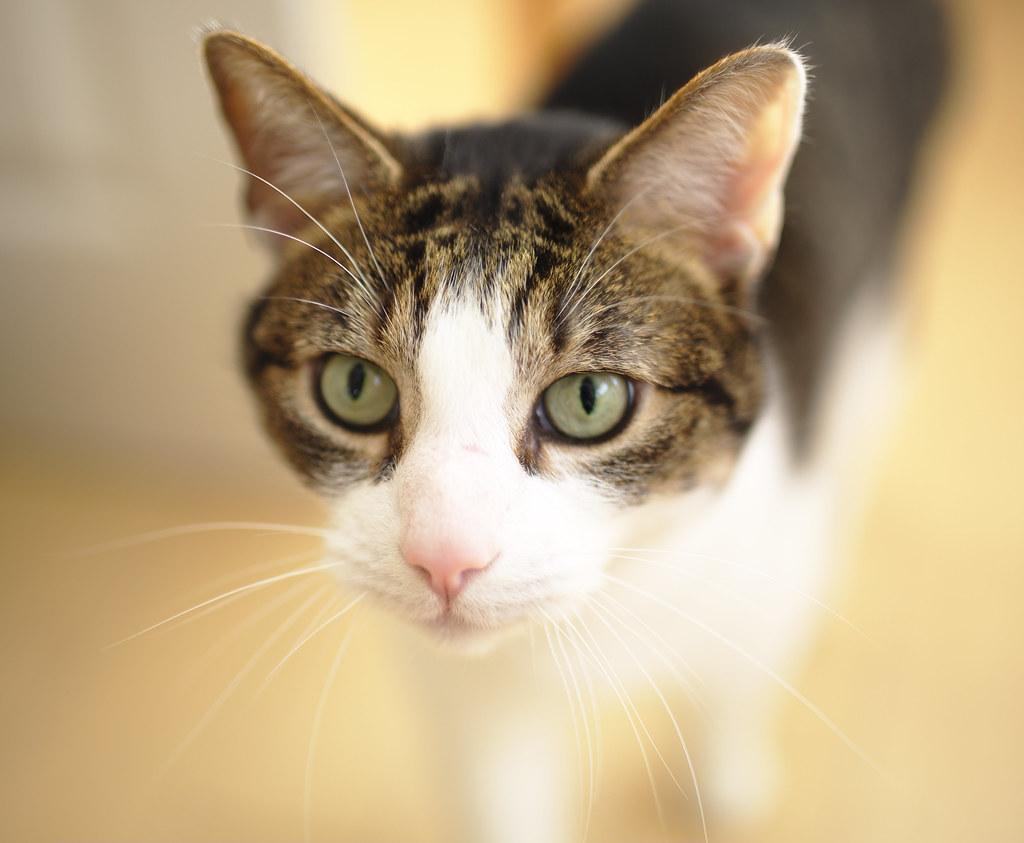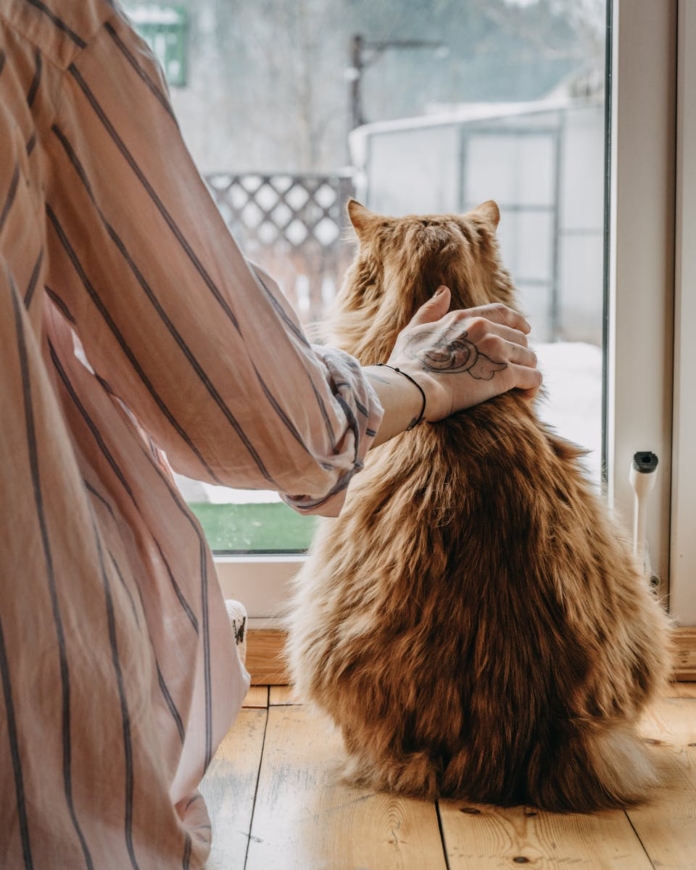Cats, those mysterious little creatures who share our homes, have a way of making us scratch our heads in wonder. From head-butting our legs to blinking slowly at us, their behaviors are a mix of intriguing and baffling. Let’s examine into the quirky world of cats to understand what’s really going on with these peculiar habits. Come along as we unravel the mystery of cat head-butts, decipher the enigma of slow-blinks, and explore the whisker-twitching world of cats. It’s sure to be a purr-fectly enlightening journey!
The Mystery of Feline Head-Butts Unraveled

Have you ever been lovingly head-butted by your cat? This endearing action, scientifically known as “bunting,” is more than just a quirk. It’s actually a sign of trust and affection. Cats have scent glands located on various parts of their body, including their heads. When they head-butt you, they’re marking you with their scent, essentially claiming you as their own. Think of it as a feline way of saying, “You’re part of my family.”
But why do they choose to do this? For cats, scent is a crucial way to communicate. By leaving their scent on you, they’re letting other cats know that you are taken. This behavior can also be a way for them to feel more secure, by surrounding themselves with their own familiar scent. So, the next time your cat gives you a head-butt, cherish it. It means you’re truly loved in cat language.
Interestingly, cats also head-butt inanimate objects for similar reasons. Whether it’s a piece of furniture or a wall, they’re marking their territory, making their environment feel more like home. So, when you see your cat head-butting around the house, it’s not just a quirk; it’s a way of saying, “This place is mine.”
Deciphering the Enigma of Cat Slow-Blinks

Have you ever caught your cat staring at you, then slowly closing its eyes in a deliberate blink? This behavior, often called a “cat kiss,” is a clear sign of trust and affection from your feline friend. It’s their way of showing love and comfort in your presence. When a cat slow-blinks, it’s essentially saying, “I’m relaxed and happy around you.”
So why do cats slow-blink? In the wild, closing their eyes in the presence of another creature would put them at risk, making this action a strong indication of trust. By slow-blinking at you, your cat is demonstrating that they feel safe and secure. It’s an invitation to connect on a deeper level. If you return the slow blink, you’re communicating your own feelings of affection and trust back to them, strengthening your bond.
This silent communication is a beautiful aspect of the cat-human relationship. It’s a subtle, yet powerful way for cats to express their feelings. By understanding and participating in this silent dialogue, you can foster a deeper connection with your feline companion. So, the next time your cat gives you the slow-blink treatment, remember to blink back slowly.
Understanding the Whisker-Twitching World of Cats

Cats’ whiskers are more than just facial hair; they’re highly sensitive tools that provide crucial information about their environment. Whiskers are packed with sensory nerves, making them incredibly adept at detecting changes in their surroundings. This is why you might see your cat’s whiskers twitch when they’re exploring or hunting. It’s their way of navigating the world.
But whisker-twitching can also be a sign of emotions in cats. When a cat is excited or curious, its whiskers will often fan out and move forward. Conversely, if a cat is scared or feels threatened, its whiskers will pull back against its face. By paying attention to these subtle cues, you can get a better understanding of your cat’s mood and needs.
Moreover, whiskers help cats measure spaces, allowing them to determine whether they can fit through tight spots. This sensory ability is so refined that even slight changes in their environment can be detected. So, when you see your cat’s whiskers twitching, remember, it’s not just a cute quirk; it’s a sophisticated sensory system at work, helping them to interact with their world in a unique and precise way.
Cats, with their head-butts, slow-blinks, and whisker-twitches, continue to enchant and amuse us. These behaviors, far from being mere quirks, are windows into the rich inner lives of our feline friends. They communicate affection, trust, and a sharp awareness of their surroundings. By understanding these unique cat habits, we not only deepen our appreciation for these wonderful creatures but also strengthen the bonds we share with them. So, the next time your cat offers you a head-butt, a slow blink, or a twitch of its whiskers, you’ll know exactly what they’re trying to say.
